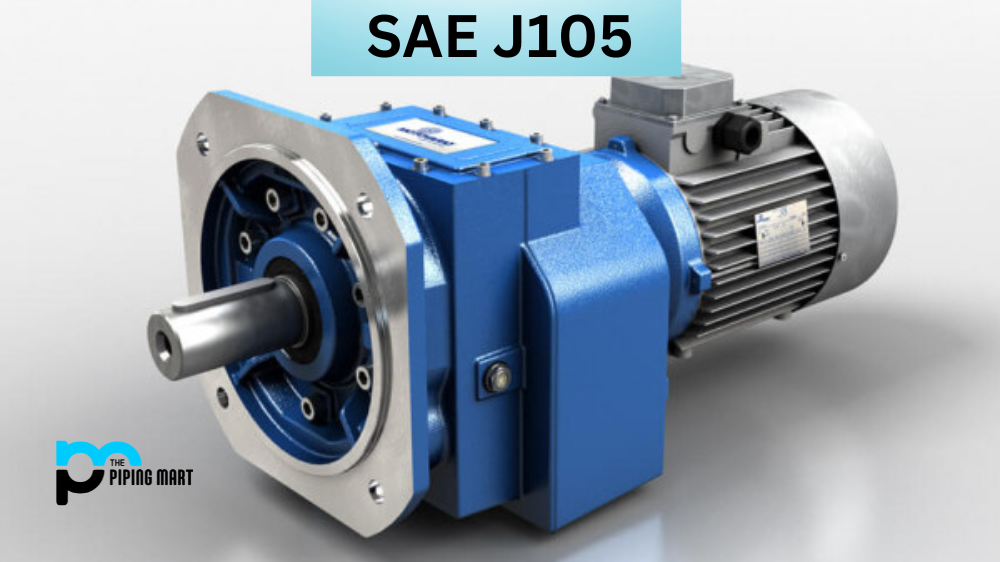SAE J105 is a widely used material in the manufacturing industry. Its unique composition and properties make it an ideal choice for many applications. If you are new to working with SAE J105, understanding its mechanical and physical properties, uses, and treatments will be very important. This blog post will provide everything you need about SAE J105 to help you make informed decisions when choosing material for your project.
SAE J105 Composition
SAE J105 is a cold-drawn, high-carbon steel wire used for spring applications. It comprises mostly carbon, manganese, silicon, and phosphorous and has a chemical composition that complies with the SAE J403 specification. Its chemical composition makes it a high-strength material that can undergo extensive deformation without breaking.
SAE J105 Mechanical Properties
SAE J105 has a tensile strength of around 2300-2500 MPa and a yield strength of about 1900 MPa, making it a very strong material. It also has a high modulus of elasticity, which means that it can handle a lot of stress without breaking or deforming. Additionally, SAE J105 has good fatigue resistance, which can withstand repeated pressures without losing strength.
SAE J105 Physical Properties
SAE J105 has a density of around 7.85 g/cm3 and a melting point of around 1500°C. It also has good thermal conductivity, meaning it can easily transfer heat. This attribute can make it great for applications where heat, such as engine components, needs to be efficiently transferred.
SAE J105 Uses
SAE J105 is used extensively in the automotive, construction, and manufacturing industries. Its strength, durability, and fatigue resistance make it suitable for any application with a strong, reliable spring. Examples include industrial machines, automotive suspension systems, and garage door springs.
SAE J105 Corrosion Resistance
SAE J105 is not known for its corrosion resistance. While it is resistant to rust, it can easily corrode when not properly protected. To prevent this, it is often coated with a corrosion-resistant material like zinc or painted, especially for outdoor applications.
SAE J105 Heat Treatment
SAE J105 undergoes a heat treatment process that involves austenitizing, quenching, and tempering. This process strengthens the material and makes it more durable. The heat treatment process is very important, as it ensures that the material can withstand the stresses it will undergo in its application.
SAE J105 Machining
SAE J105 is difficult to machine due to its high strength and hardness. To make SAE J105 components, careful machining techniques must be employed. Cutting tools made with high-speed steel or carbide should be used, and they should be the correct sharpness and geometry for the task.
SAE J105 Welding
SAE J105 is not considered a weldable material due to its carbon content. When welding is required, it is often better to use other types of high-carbon steels or alloys that are better able to withstand the heat of welding.
Conclusion
SAE J105 is a highly versatile material with many uses in different industries. Its unique properties make it an excellent choice for applications that require strength, durability, and fatigue resistance. It is essential to understand its composition, mechanical and physical properties and uses in your project. With proper heat treatment and machining, SAE J105 can offer high-performance solutions for many applications.
Sakshee is a talented blogger, with a particular focus on the Business and Metal Industry. She is passionate about sharing her insights on various metal products and helping professionals to make a better decisions.




